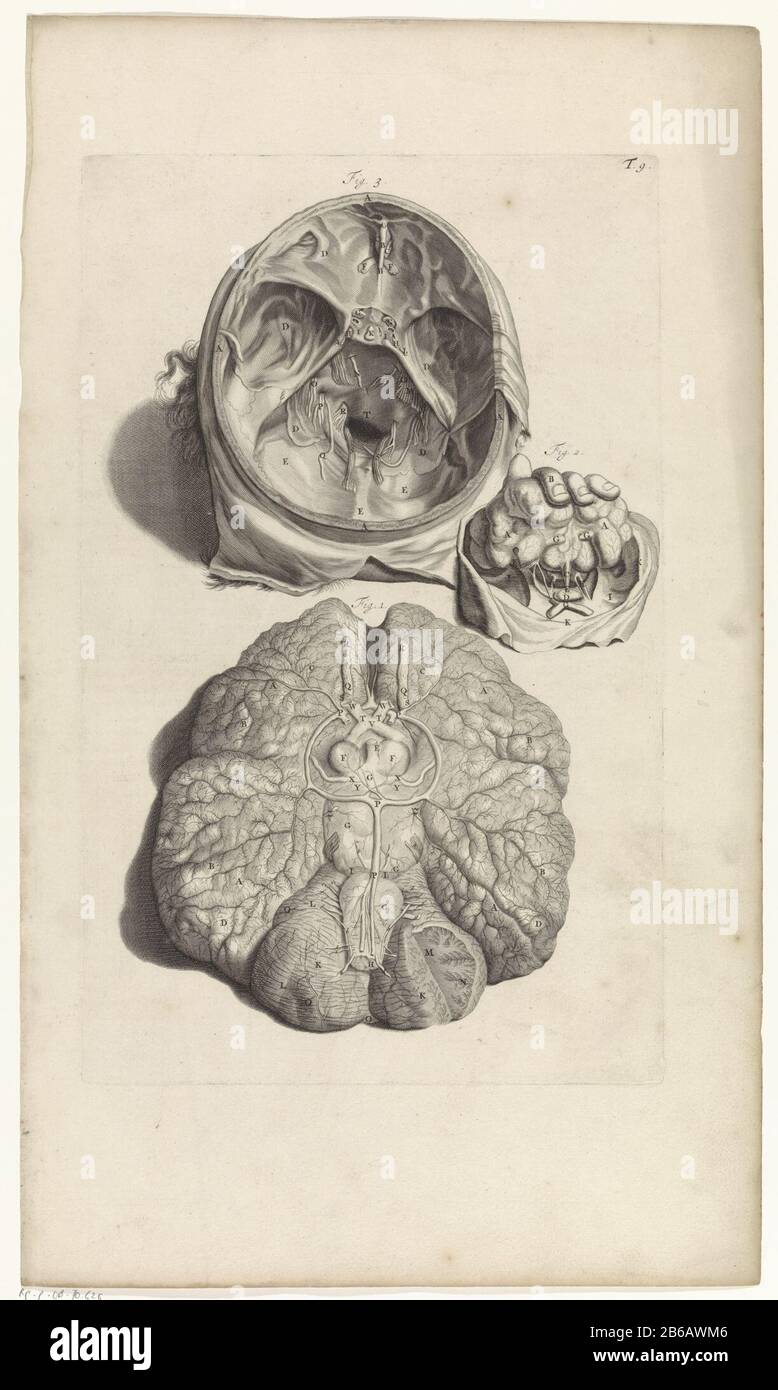

Coaching protocols at all levels are changing to try to prevent injury, but these have generally neglected to include a huge cohort: women. Head injuries in sport have had a high profile for many years, with hundreds, if not thousands, of participants in American football, rugby, football, boxing and other sports experiencing dementia or memory loss thought to be linked to recurrent blows to the head decades earlier. That’s just got to change,” says Michael Grey, who researches rehabilitation neuroscience at the University of East Anglia in Norwich, UK.

“We take all of these data, primarily from studies on men we apply them to women. Given that most, if not all, sports-concussion protocols are based on data from men, female athletes ranging from schoolgirls to this year’s Olympic football squads are being put at risk of serious injury. Their ideas range from differences in the microstructure of the brain to the influence of hormones, coaching regimes, players’ level of experience and the management of injuries. Researchers have offered some explanations for the greater risk to women, although the science is at an early stage. Head-injury risk higher for female soccer players, massive survey finds As researchers gather more data, the picture becomes steadily more alarming.įemale athletes are speaking out about their own experiences, including Sue Lopez, the United Kingdom’s first semi-professional female football player in the 1970s, who now has dementia - a diagnosis she has linked to concussions from heading the ball. They also fare worse after a concussion and take longer to recover. A growing body of data suggests that female athletes are at significantly greater risk of a traumatic brain injury event than male athletes.

Williams’ observations highlight an increasingly apparent problem. Such whiplash injuries are much rarer when males play. But medical staff at the match, not trained to look out for this type of head movement as a cause of injury, deemed the women fine to play on. The sensors showed that the skull was accelerating - indicating an increased risk of brain injury. When the women fell in a tackle, their heads would often whiplash into the ground. “There were a few instances when my blood went cold,” Williams said. She wanted to understand more about head injuries in the brutal sport.

Williams, who researches forensic biomechanics at Swansea University, UK, had equipped some of the players with a mouthguard that contained a sensor to measure the speed of head movement. Liz Williams was standing pitchside at a women’s rugby match, and she did not like what she was seeing.


 0 kommentar(er)
0 kommentar(er)
